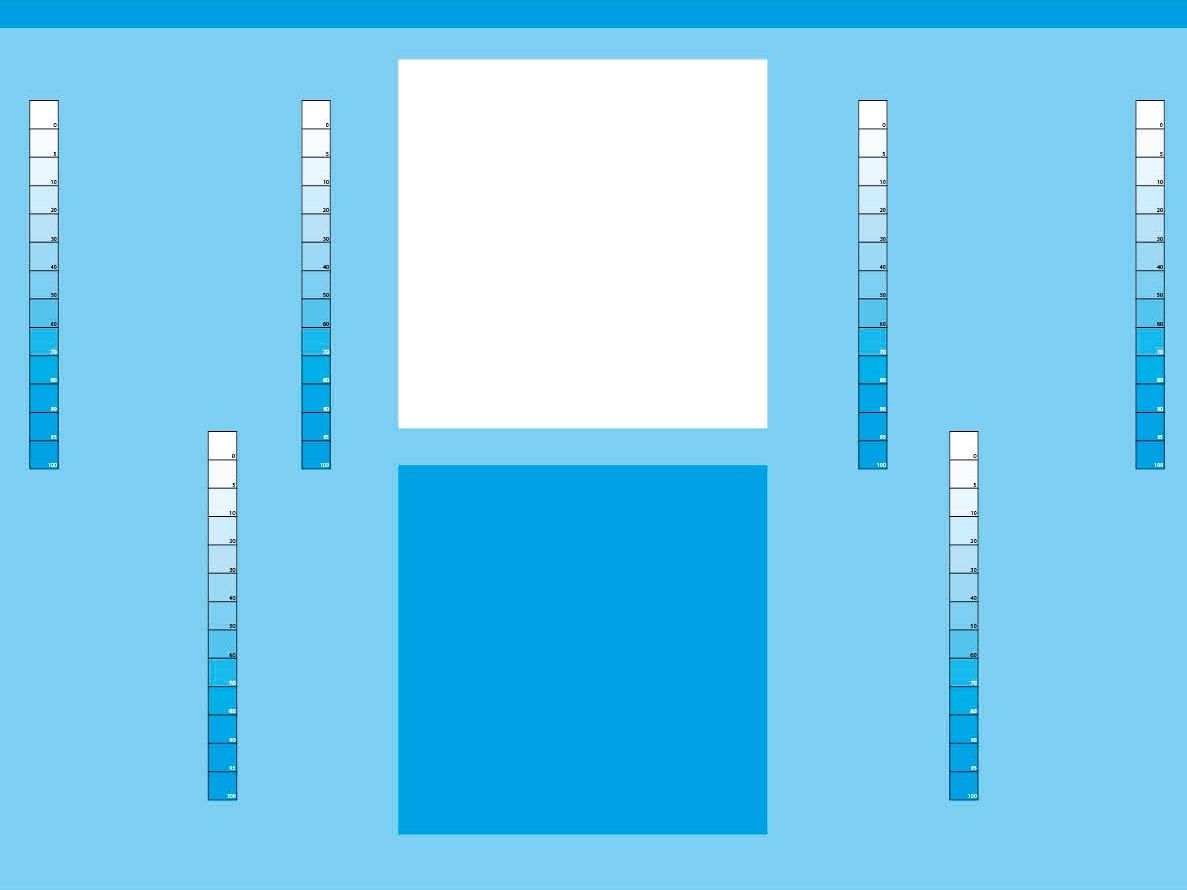Topic of your interest
The research project aims to precisely identify the influence of the paper on solid tone colouring and tone value increases and to submit a proposal for inclusion in ISO 15397. This standard specifies the paper properties to be communicated between manufacturer and print shop, thus enabling a kind of incoming inspection to be carried out to identify potential printing problems in advance.
Solution steps
For the tests, a selection of approximately 50 substrates is made. These are gloss- and matt-coated papers, uncoated papers, folding boxboards and a plastic foil. These are printed under identical printing conditions with a conventional ink on a sheet-fed offset printing machine at Fogra. Parallel to this an extensive laboratory characterisation is carried out. The results from the printing and laboratory tests are examined for correlations.
Achieved results
For coated papers a correlation between solid tone density on the one hand and gloss and pore volume on the other hand could be established. The higher the gloss and pore volume, the higher the density. Instead of the pore volume, the decisive parameters for uncoated paper is the penetration speed and for folding boxboard the oil absorption. It was also shown that the solid tone densities on the test print device and on the printing machine are identical if the same volume of ink was transferred to the substrate in both cases.
With regard to tone value increases with an uniform ink film thickness, a linear relationship was found with gloss and oil absorption. The higher the gloss and the lower the oil absorption, the larger the tone value increases on coated paper and folding boxboard. When it comes to oil absorption, uncoated papers behave in opposite direction. Based on the results for a given ink film thickness, there is a proportionality between tone value increase and solid tone density.



